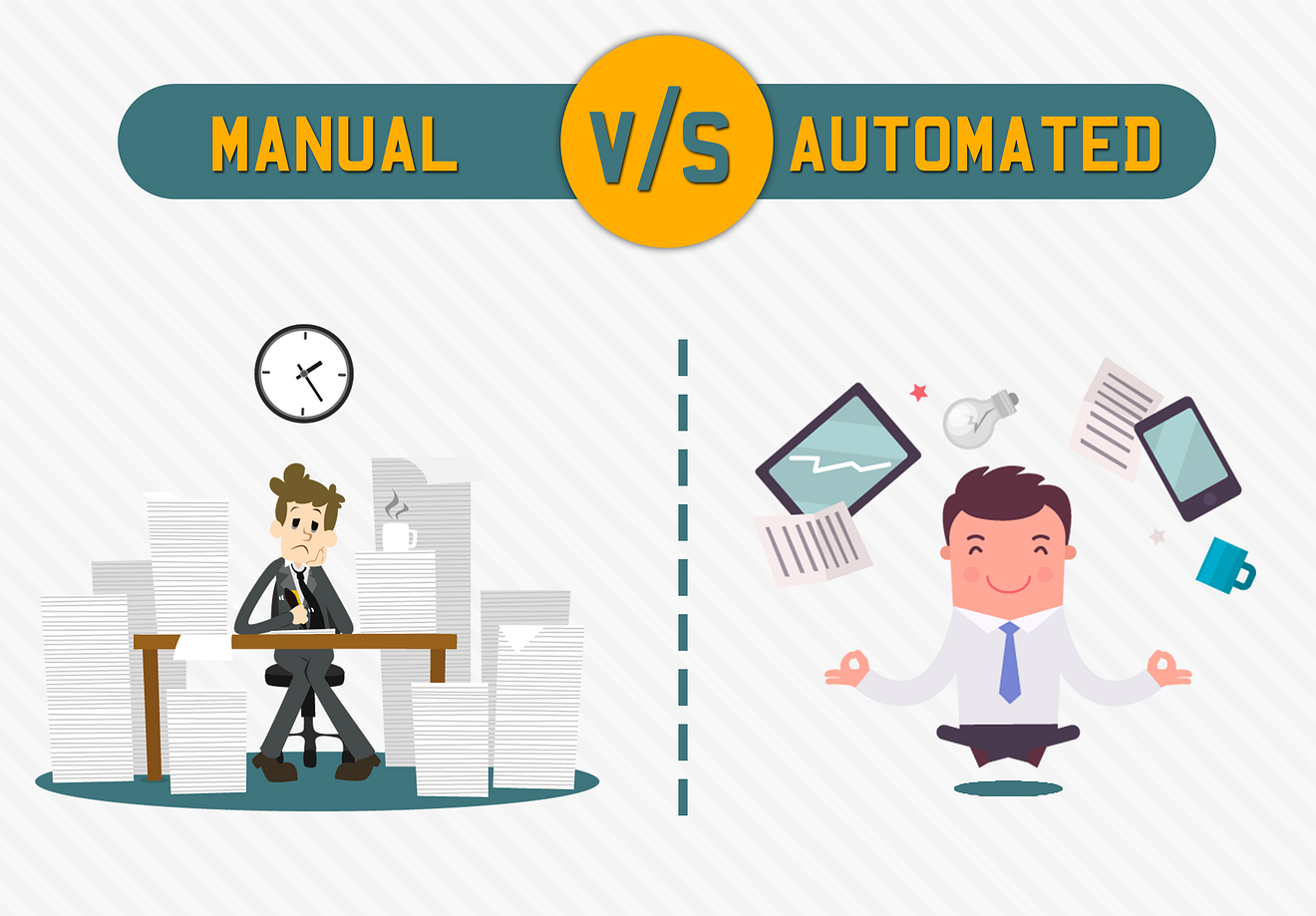What is QA automation? Discover its benefits and challenges and how to automate testing with QA tools in this article.
Quality assurance (QA) is crucial for software development, ensuring product quality, functionality, and reliability. It involves assessing software to detect and fix any defects or errors affecting performance or user experience.
But manual testing can be time-consuming, costly, and prone to human errors. That's why many software developers and testers use QA automation to speed up and improve the process. But what is QA automation? Let’s find out in this article.
What Is QA Automation?
So, what is QA automation (quality assurance automation) exactly? In short, it’s the process of automating the assessment of software products using tools. These QA automation tools primarily perform manual (or repetitive) testing tasks previously achieved by humans.
QA automation can save time, money, and resources by reducing the need for manual intervention and increasing testing coverage and accuracy. It also enables continuous testing. This means evaluating software throughout the development cycle rather than at the end.
Thus, it's unsurprising that QA automation positions increase much faster than average—with a 22% growth rate. There were currently 1 847 900 jobs in the U.S. market in 2021.
Manual vs. Automated Testing
These two approaches to QA have their own advantages and disadvantages. Manual testing is perfect for evaluating an app's user experience (UX) and look and feel, which only humans can do. It's also commonly used for newly designed testing cases and ones with varying requirements on an ad hoc basis.
There are many advantages of automation testing. Automated QA testing, on the other hand, is ideal for large-scale software evaluation. It's more accurate than manual testing in most cases. The most significant advantage is that it saves time.
Also, manual testing cannot be reused. In contrast, you can do so with automated testing scripts. This makes automated QA a godsend for repeat execution testing and development cycles.

But test automation also has some drawbacks, for instance:
- The initial cost of setting up the QA automation tools and frameworks
- The limited scope of the test scripts
- The possibility of missing some defects that only a human eye can catch
Thus, we recommend using a balanced combination of manual and automated testing for optimal QA results. In 2020, approximately one-third of companies seek to automate 50% – 75% of their testing process.
How to Automate QA Testing: Types and Tools
After knowing what QA automation is, it’s best to learn about various types of QA automation testing that you can use to test different aspects of software quality. This includes functionality, performance, security, usability, and compatibility. Some of the common types are:
- Unit test: Test individual units or components of code to verify their functionality and logic.
- Integration test: Test how different units or components interact with each other to ensure data flow and communication.
- System test: Test the entire system or application to ensure it meets the requirements and specifications.
- Regression test: Test the system or application after changes or updates to ensure no new defects are introduced.
- Functional test: Test the system or application against predefined scenarios or use cases to ensure it performs as expected.
- Non-functional test: Test the system or application for non-functional aspects. This includes performance, reliability, scalability, and security.

Various QA tools and frameworks are available to automate these types of tests. Some of the popular ones are:
- Selenium: A widely used open-source tool for automating web-based applications across different browsers and platforms
- Appium: A cross-platform tool for automating mobile applications on iOS and Android devices
- TestNG: A Java-based framework for creating and executing various types of tests with annotations, assertions, parallel execution, etc.
- JUnit: A Java-based framework for unit testing with annotations, assertions, test runners, etc.
- Cucumber: A behavior-driven development (BDD) tool that allows writing test scenarios in plain English using Gherkin syntax
- Postman: A tool for assessing APIs by sending requests and validating responses with various parameters and assertions
QA Automation Best Practices and Challenges
As you can see, QA automation can be a powerful way to enhance software quality and efficiency if done correctly. But it poses some challenges that need to be addressed carefully. Thus, knowing what QA automation is isn’t enough. You also need to know some of its common challenges:
- High initial cost: Setting up QA automation tools and frameworks can be expensive and time-consuming, especially for complex or large-scale software projects.
- Lack of skilled resources: Finding and hiring qualified and experienced QA automation testers and engineers can be challenging and competitive as they're in high demand in the industry.
- Technical glitches: QA tools and frameworks sometimes encounter technical issues or bugs affecting test execution and results. Browser compatibility, network connectivity, and tool updates are some examples.
- False positives or negatives: Automation QA tools and frameworks can sometimes produce incorrect or misleading results due to various factors. This includes human errors, script errors, and environmental changes. These can affect the quality and reliability of the software.
To mitigate these challenges, make sure to follow these best practices for QA automation:
- Choose the right QA tool: Depending on the type of software, platform, language, budget, etc., choose the most suitable tool or framework that meets your needs and expectations.
- Design a robust framework: A framework is a set of guidelines, standards, and structures that define how to create, execute, and maintain test scripts. A robust one can ensure its consistency, reusability, modularity, and maintainability.
- Follow the testing pyramid: This concept suggests prioritizing the types of tests based on their scope, cost, and feedback. According to the pyramid, unit tests should be the most abundant and frequent, followed by integration and system tests. UI tests should be the least and rarest.
- Use data-driven testing: This technique allows running the same test script with different sets of input and expected output data. It can increase test coverage and reduce code duplication and maintenance efforts.
- Implement continuous testing: This practice involves evaluating software continuously throughout the development cycle using QA automation tools and frameworks. It enables faster feedback, early defect detection, and improved quality assurance.
QA Automation: a Key Factor for Software Quality
So, in summary, what is QA automation, and why is it important? It’s the process of automating the assessment of software products. In today’s fast-paced and competitive software industry, it can help software developers and testers to deliver high-quality software products faster, cheaper, and more efficiently.
But QA automation is not a simple task that anyone can do. It needs careful planning, execution, and maintenance to ensure effectiveness and accuracy. It also requires a balanced combination of manual and automated testing to provide a comprehensive and holistic QA approach.
That's why you need a reliable and experienced partner like Golden Owl to help with your QA automation needs. We're a leading software development company that offers automation testing services. Golden Owl has a team of skilled and certified QA automation testers and engineers who can design, implement, and maintain automated test frameworks and tools for your software projects. They can also provide continuous, data-driven, and performance testing to ensure your software quality and user satisfaction.
To learn more about how we can help you with your QA needs, contact us today for a free consultation.





















